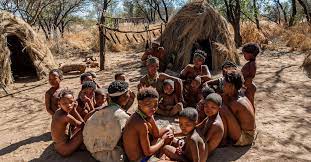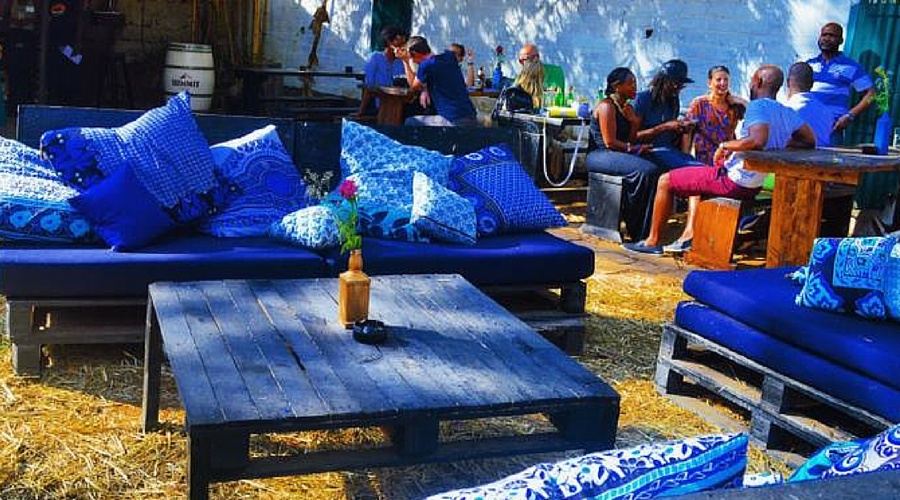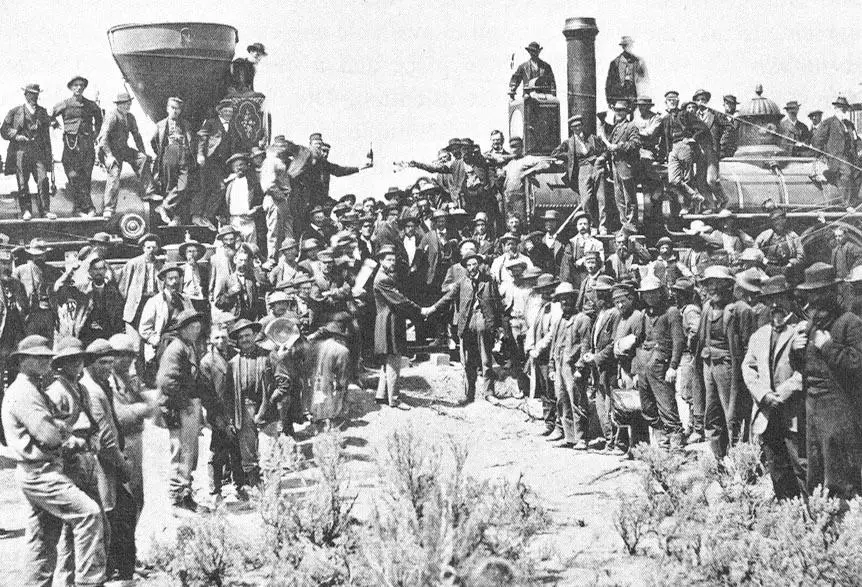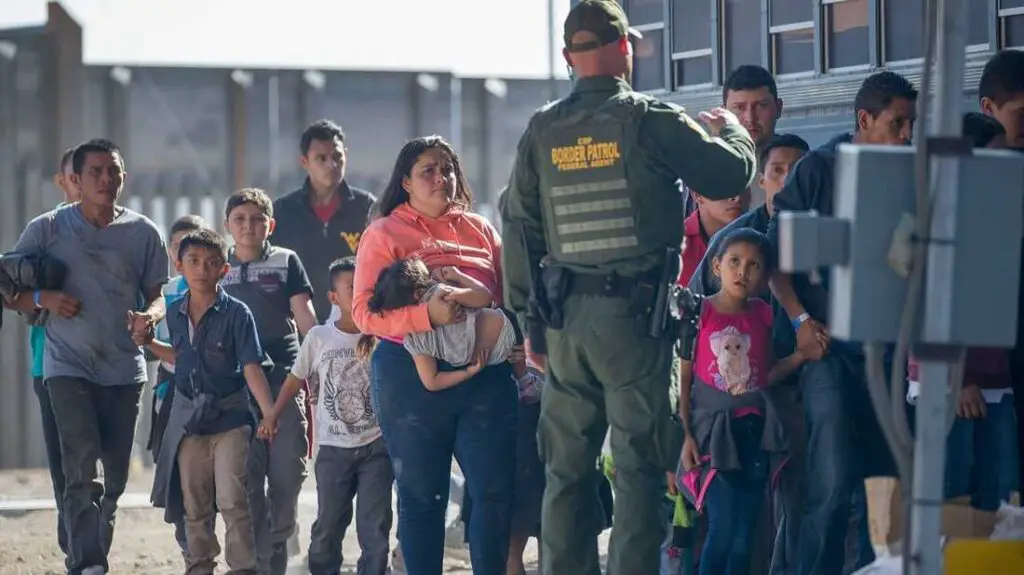The totality of events and actions that take place within a culture determines what is possible within a community.
In particular, institutional practices, norms, and values set precedence for what is expected of people in a society.
As such, it is imperative that individuals learn about these issues in order to achieve maximum social acceptance.
This learning process is known as enculturation.
It is defined as the process by which individuals in a community gain competency in the dynamics of the culture, including expected behaviors, norms, beliefs and values.
Read on to learn more about enculturation and its examples.
What is Enculturation?
In simple terms, enculturation is the process of transmitting and acquiring culture.
Through this process, people are able to learn the morals, language, norms, and values that are accepted in the community.
There are various influences that take part in imparting this knowledge to children and strangers.
Depending on the cultural setup, parents, teachers, peers, and people in leadership positions contribute significantly to shaping individuals through enculturation.
If successful, enculturation equips people with a deep know-how of what is required from them to become acceptable members of the community.
How Does Enculturation Happen?
There are three ways through which the process of enculturation can take place, namely, direct education, participatory learning, and observational learning.
As the name suggests, direct education involves receiving instructions on the required standards of conduct from a superior figure.
For instance, parents teach their children how to behave when in the presence of older persons.
They gradually stress to their children the importance of obeying adults.
On the other hand, participatory learning involves taking part in activities that relay specific qualities or pieces of information to participants.
Minor offenders, for instance, are often instructed to take part in community service since this exercise imparts in them a sense of responsibility and social awareness, making them acceptable members of society.
Lastly, observational learning is whereby students internalize a culture by emulating what they see others doing.
Such individuals believe that mimicking the behaviors of others helps them assimilate better into the community.
Enculturation vs. Acculturation
It is not uncommon for people to use the words enculturation and acculturation interchangeably.
While this tendency is incorrect, it is an understandable mistake given that these words are two sides of the same coin.
Both terms are used in relation to acquiring cultural elements.
Enculturation implies the process of acquiring values, norms, and behaviors of culture to become an acceptable member of society.
On the flip side, acculturation is the gradual process of remodeling one’s culture by adopting the values, traits, or norms of a different culture.
While enculturation is the initial familiarization process, acculturation is a subsequent familiarization that involves subsuming one’s culture into another.
Ideally, acculturation involves modifying a culture by assimilating aspects of another culture.
It is not an essential part of communal survival, whereas enculturation is essential for survival.
Learn more about acculturation here: 10 Perfect Examples of Acculturation in Today’s Societies
Examples of Enculturation
1. Christmas Carols

Singing Christmas carols and hymns is a form of enculturation achieved through participatory learning.
Nobody is born knowing what Christmas is about or what it entails.
However, children learn over time about this celebration by taking part in various occasional activities, most notably singing Christmas songs.
By participating in this exercise, children assimilate the practices and qualities of Christmas, making them grow up into acceptable members of society as they have learnt about this essential annual occasion.
2. The !Kung Tribe

!Kung is a bushman tribe that resides in the desert regions of Southern Africa, particularly in Angola, Namibia, and Botswana.
Part of this community’s culture involves teaching children to view arrogance as a negative attribute and discouraging them to embrace this ill behavior.
From a young age, !Kung children are raised not to think highly of themselves regardless of their achievements in life.
Instead of praising people for doing good things as is common in modern societies, the !Kung people mock each other’s achievements.
For instance, children learn that rather than praise another person’s bounty after a hunt, they should instead poke fun at them to prevent them from becoming arrogant.
If individual hunts down a gigantic ox, people do not heap praise on them but instead make abusive remarks about the ox, such as a disease-ridden bag of bones.
Young ones learn this from the get-go and eventually embrace this cultural norm to become accepted into the tribe.
3. Slang

In a bid to sound cool and hip, most people incorporate slang words into their vocabulary.
New words come about every now and then and people embrace them, as other words gradually go out of fashion.
Today, slang terms, such as “clout”, “drip”, and “fam”, are an integral part of pop culture.
To fit in, members of Generation Z and Millennials commonly use such words in their everyday discourses.
Notably, while there is no school for this hip language, electronic media serves as the primary learning channel.
Young adults learn these terms by watching television, taking part in social media, and listening to modern-day music.
They learn about these terms and use them in their conversations to fit into today’s pop culture-based society.
4. School Punishments

In school, it is customary for teachers to punish students for disobeying school rules.
For instance, if a student steals another student’s pen, the teacher is expected to pass a fitting punishment.
Herein, the teacher is enculturating the student as he/she is imparting specific values.
The goal of punishment is to ensure every student abides by the school’s regulations, making them acceptable members of the school community.
5. Christian Upbringing

In most cases, children are usually born into specific religions.
For instance, a child born into a Muslim family is expected to become a Muslim.
Therefore, the parents and religious leaders in the community gradually impart Islam values to the child, eventually shaping him/her into a formidable member of the Muslim community.
This form of enculturation includes direct education whereby young ones enroll in Islamic learning institutions known as “madrasa” and participatory learning whereby children are encouraged to perform Islamic activities, such as reciting the Shahadah.
6. The American Revolution

The American Revolution took place in the late 1700s.
It was a political and ideological revolution that saw American colonists abandon the principles forced upon them by British colonizers and instead embrace liberal democracy.
This novel system gradually took precedence over the old system, thereby enculturing Americans.
7. Mother-Daughter Cooking

In many cultures, it is the mother’s responsibility to teach the daughter how to cook.
From a young age, daughters spend a lot of time in the kitchen watching their mothers cook.
Herein, daughters learn how to prepare meals in a manner that is acceptable in their society.
This is a form of enculturation since it involves daughters acquiring culinary skills and norms to ensure they are able to effectively carry out cooking procedures in the future according to their norms, such as learning a family recipe.
8. The Ten Commandments

In the Bible, God delivered the Israelites from Egypt and sought to establish a covenant with them that entailed full devotion to Him.
Therefore, he gave Moses a tablet containing the Ten Commandments which would contain moral laws aimed at guiding the Israelites.
This event is a form of enculturation through direct education since Israelites were now required to follow these laws to become acceptable members of the community.
These laws encultured them into becoming God’s nation.
9. Immigration

After moving to a new country, immigrants are required to internalize the ways of the native people to fit in.
For instance, American immigrants gradually learn how to speak American English.
Such persons learn this language by participating in conversations with American natives or by attending language school.
Without learning this skill, immigrants are not accepted into American society due to the communication barrier.
10. Table Manners

This refers to the stipulated rules of eating etiquette, such as not chewing with an open mouth and washing hands before or after eating.
Children are not born knowing these rules.
However, they learn them over time by observing their guardians and through parental instructions.
By learning how to adhere to these rules, children eventually fit into the community.
Summary
By and large, enculturation is the process of transmitting and acquiring culture.
It is a pivotal aspect of communal living as it equips people with the knowledge required for social acceptance.
All communities have unique values, beliefs, and norms.
To become accepted members of society, people are expected to internalize these elements.
Therefore, enculturation promotes social acceptance.
We have all experienced enculturation at one point or the other.
What forms of enculturation have you undergone in the past?
How did this process shape who you are today?


